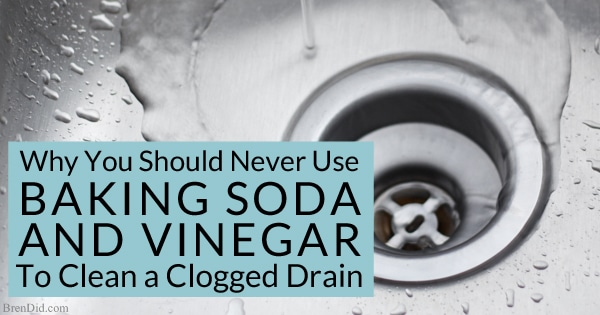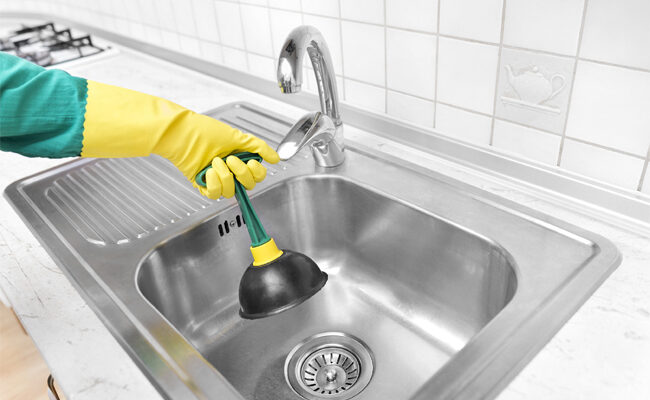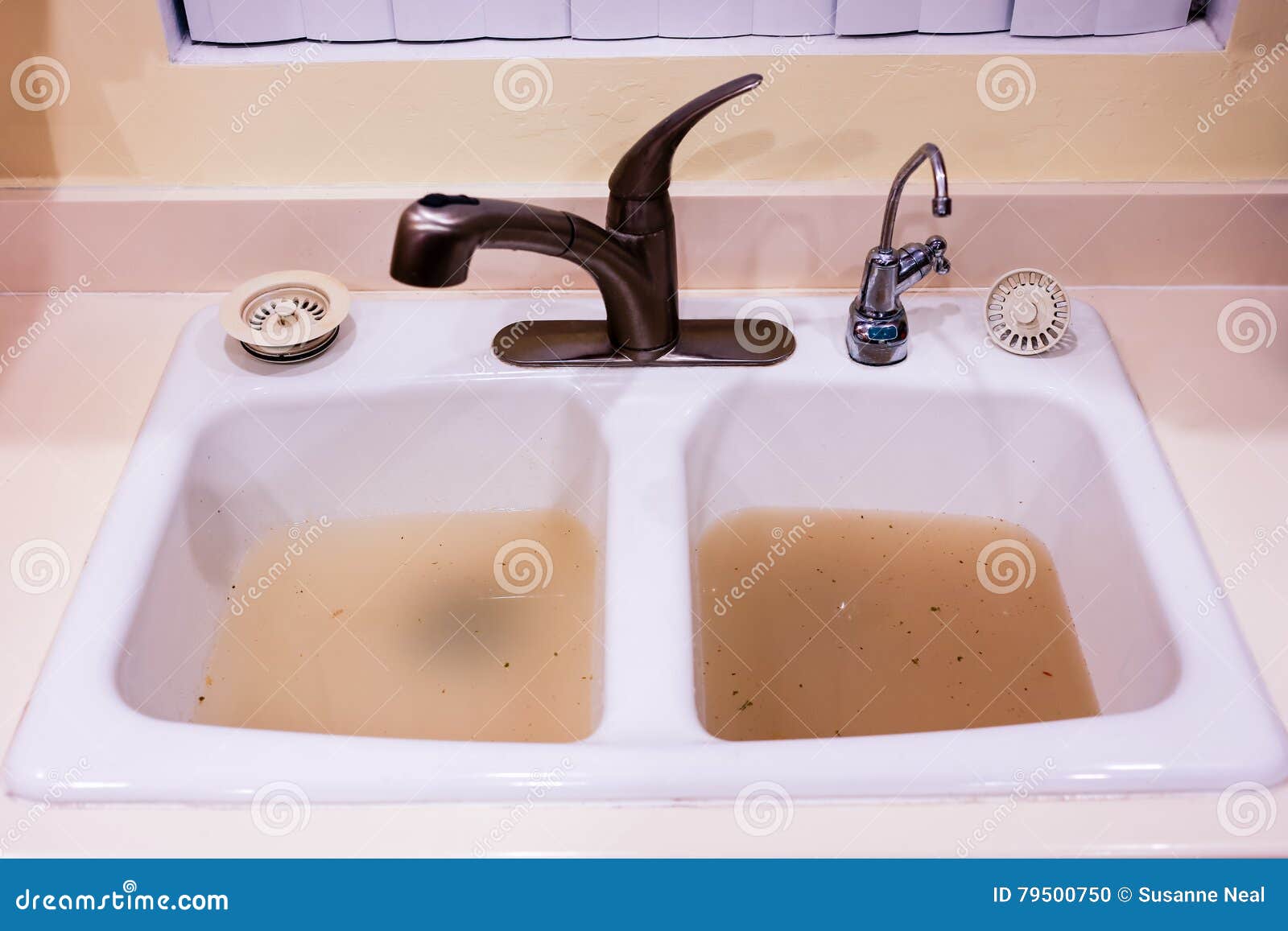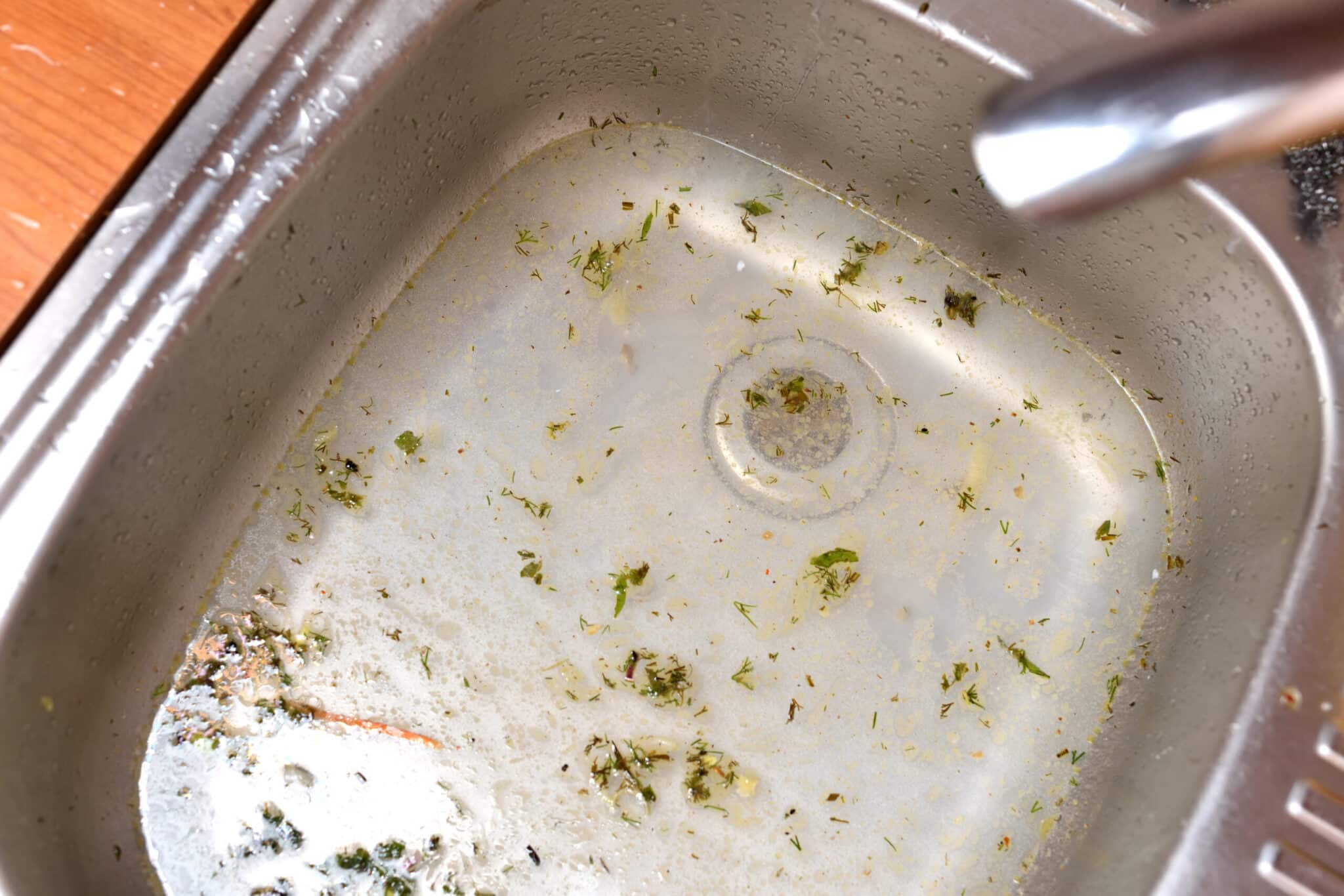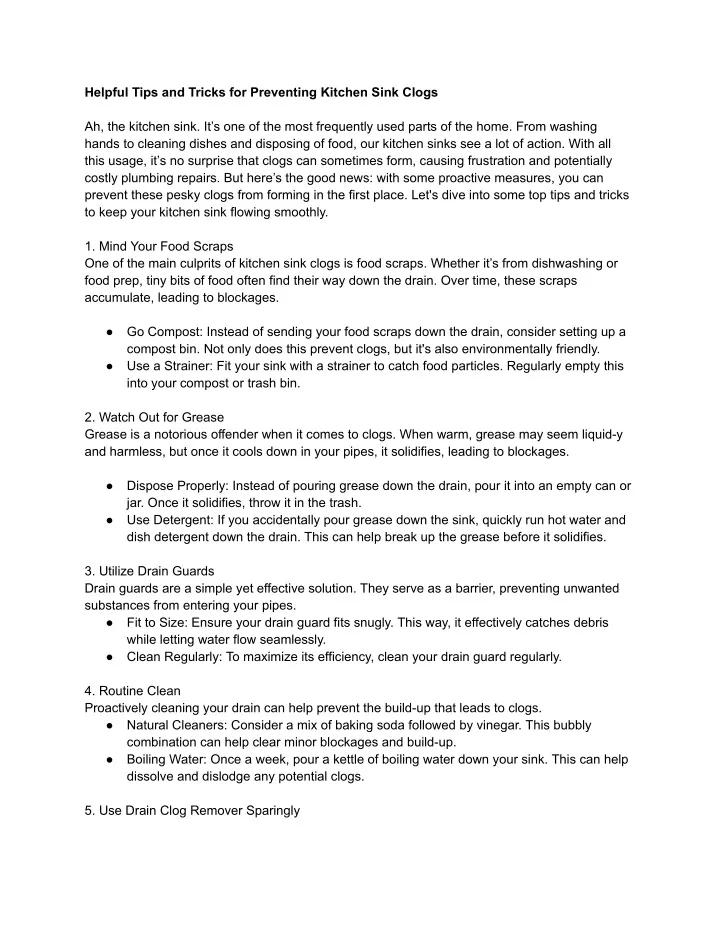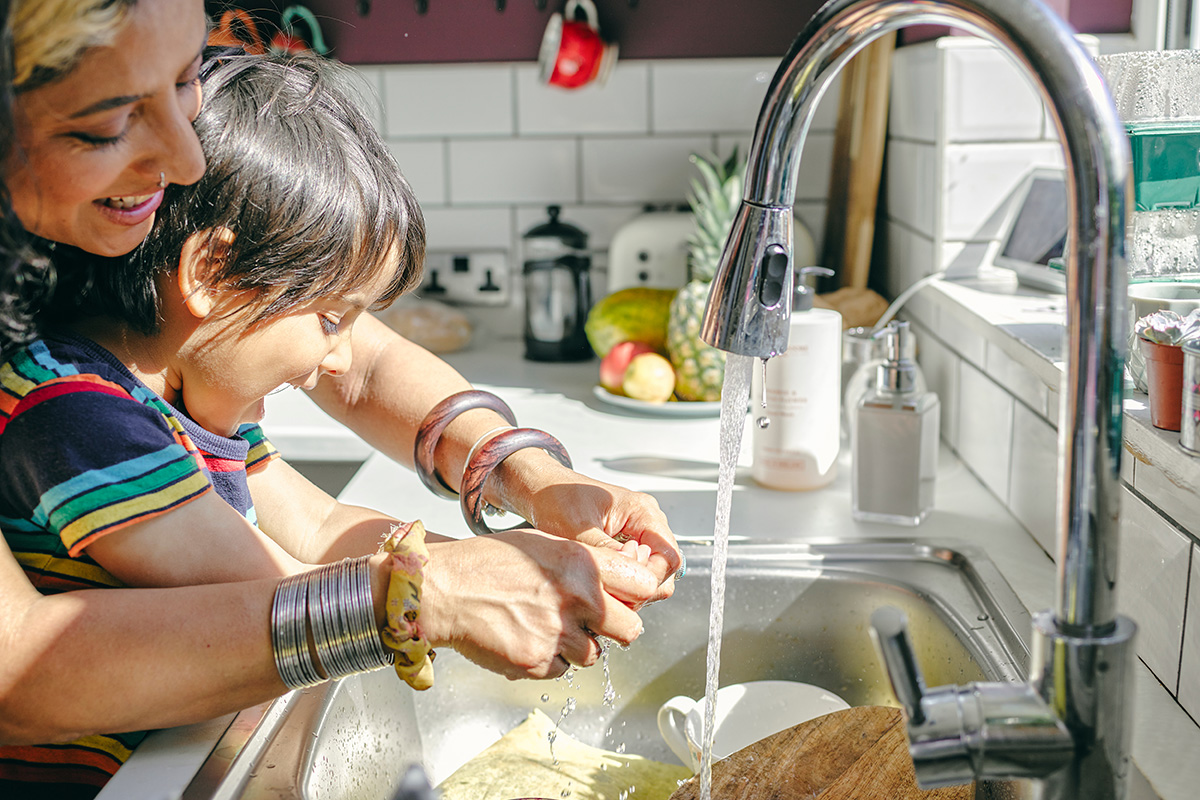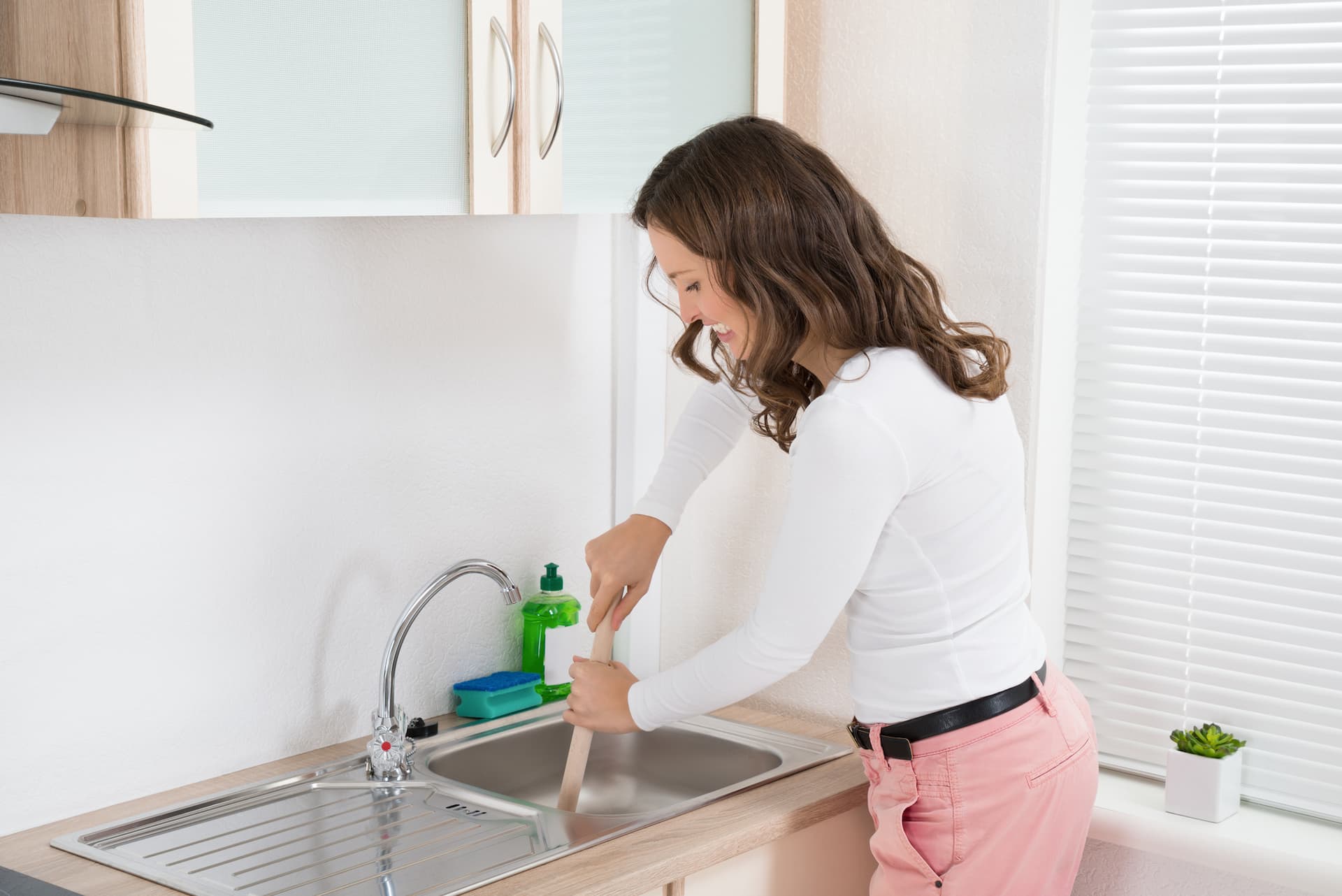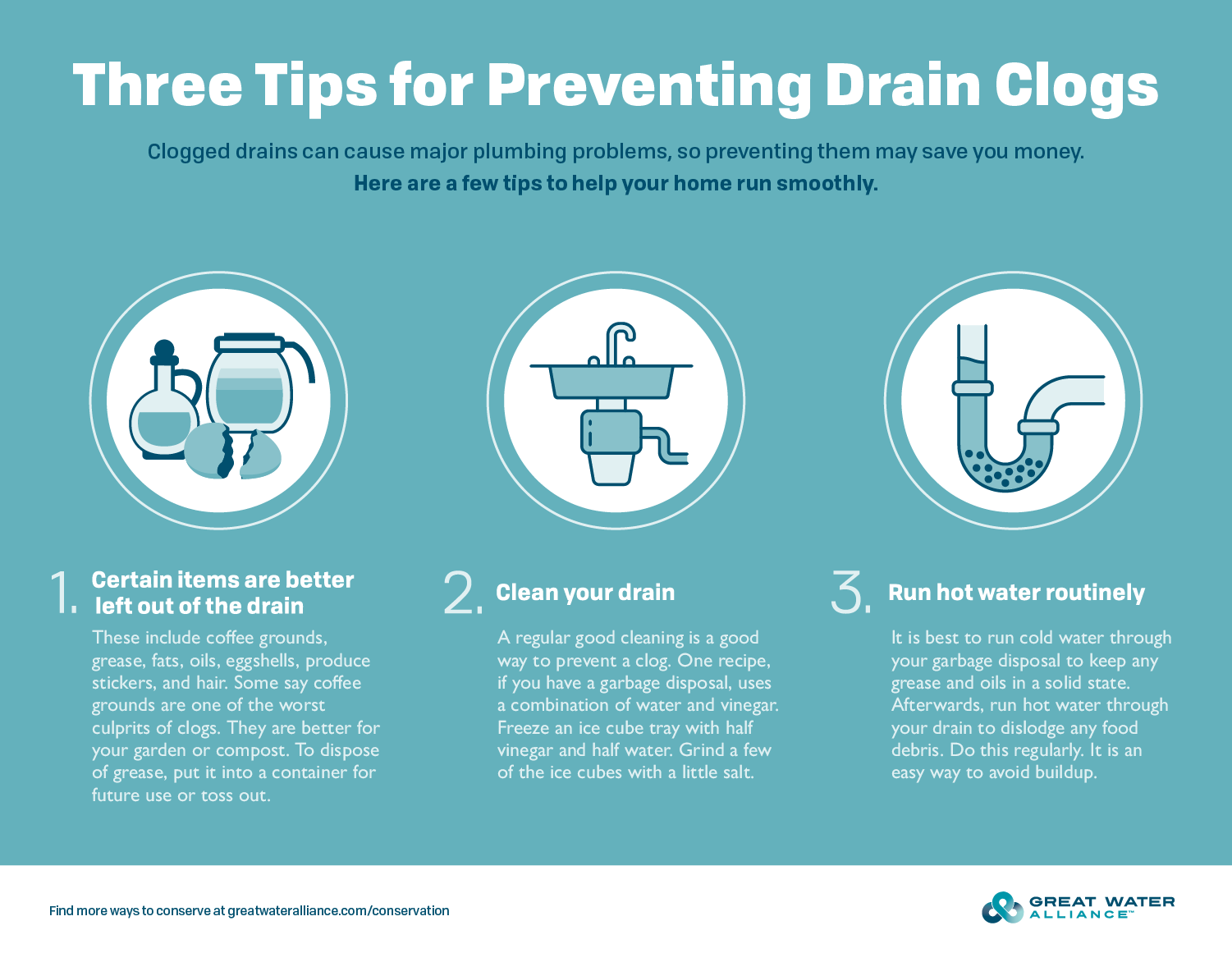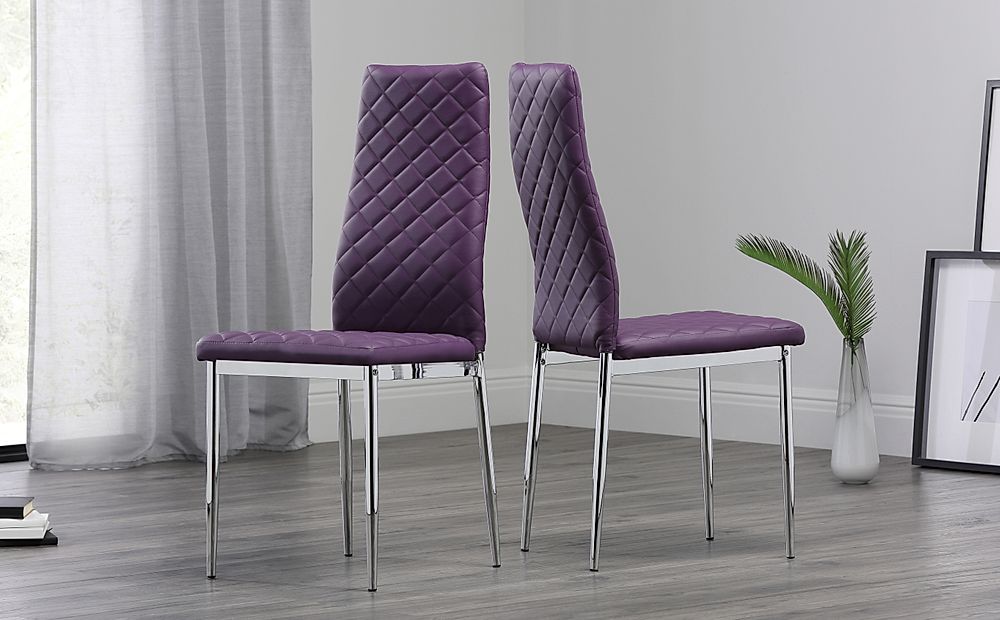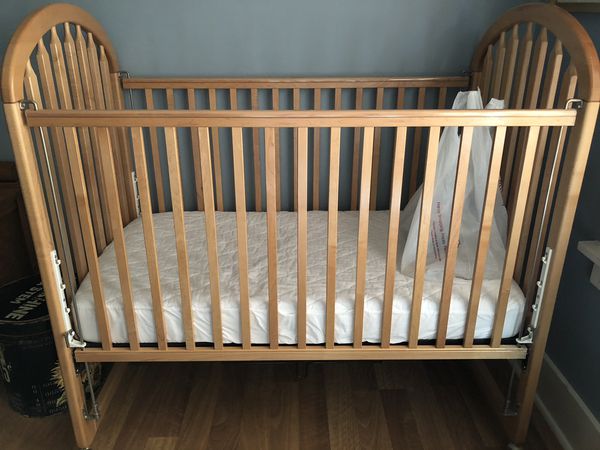If you've noticed that your new kitchen sink won't drain, don't panic. This is a common issue that many homeowners face, and there are several steps you can take to unclog your sink and get things flowing smoothly again. In this guide, we'll walk you through the process of unclogging your kitchen sink and provide some tips on how to prevent future clogs.Unclog a Kitchen Sink
Before you start trying to unclog your kitchen sink, there are a few things you should know. First, never use a chemical drain cleaner, as these can damage your pipes and create bigger problems down the line. Instead, try using a plunger to dislodge the clog. Simply place the plunger over the drain, fill the sink with a few inches of water, and plunge vigorously. If this doesn't work, move on to the next step.How to Fix a Clogged Kitchen Sink
If plunging doesn't do the trick, you can try using a plumbing snake to clear the clog. This is a long, flexible tool that can reach deep into your pipes. To use a plumbing snake, insert it into the drain and turn the handle clockwise. This will help break up the clog and allow water to flow freely again. If you don't have a plumbing snake, you can also try using a bent wire hanger to clear the clog.DIY Kitchen Sink Drain Repair
If your kitchen sink is draining slowly but not completely clogged, there may be a buildup of debris in the pipes. You can try flushing the drain with hot water and dish soap, or using a mixture of baking soda and vinegar. Simply pour half a cup of baking soda down the drain, followed by half a cup of vinegar. Let it sit for a few minutes, then flush with hot water.Troubleshooting a Slow Draining Kitchen Sink
If you've recently had a new kitchen sink installed, it's possible that the drain was not aligned properly. This can cause water to back up and create clogs. If you suspect this is the issue, you may need to call a professional plumber to realign the drain and ensure proper installation.New Kitchen Sink Installation Tips
There are several common causes of a clogged kitchen sink, including food scraps, grease, and soap scum. To prevent these items from causing clogs, be sure to use a sink strainer to catch any food particles, and avoid pouring grease down the drain. You can also prevent soap scum buildup by regularly cleaning your drain with hot water and vinegar.Common Causes of a Clogged Kitchen Sink
If you've never used a plunger on a kitchen sink before, it's important to know the proper technique. Place the plunger over the drain and make sure there is enough water in the sink to cover the rubber end of the plunger. Then, push down and pull up rapidly, creating a suction that will help dislodge the clog. With a little persistence, this should help clear your sink drain.How to Use a Plunger on a Kitchen Sink
Baking soda and vinegar can be a powerful combination for clearing clogged drains. As mentioned before, simply pour half a cup of baking soda down the drain, followed by half a cup of vinegar. Let it sit for a few minutes, then flush with hot water. This will help break up any buildup and get your sink draining properly again.Clearing a Kitchen Sink Drain with Baking Soda and Vinegar
If you've tried all of the DIY methods and your kitchen sink is still not draining, it may be time to call a professional plumber. They will have the tools and expertise to properly diagnose and fix the issue. It's important not to wait too long to call a professional, as a clogged kitchen sink can lead to bigger plumbing problems if left untreated.When to Call a Professional for a Clogged Kitchen Sink
The best way to deal with a clogged kitchen sink is to prevent it from happening in the first place. Some simple ways to prevent clogs include using a sink strainer, avoiding pouring grease down the drain, and regularly cleaning your drain with hot water and vinegar. You can also have your pipes professionally cleaned every few years to prevent buildup and keep things flowing smoothly.Preventing Kitchen Sink Clogs in the Future
Why Your New Kitchen Sink Won't Drain: Common Causes and Solutions
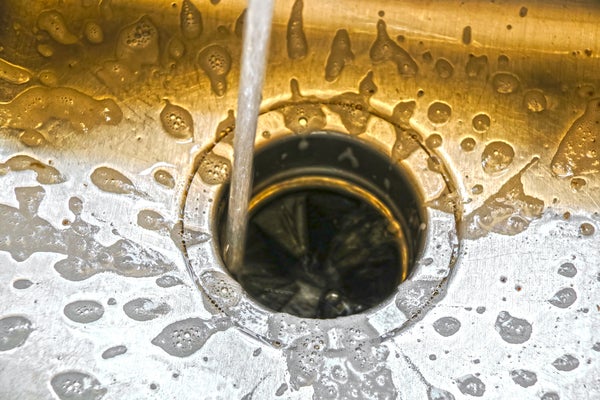
Introduction
 If you've just installed a brand new kitchen sink, you're probably excited to start using it for cooking and cleaning. However, you may encounter an unexpected problem - your new kitchen sink won't drain. This can be frustrating and inconvenient, but don't worry, there are several common causes for this issue and simple solutions to fix it. In this article, we'll discuss the possible reasons why your new kitchen sink won't drain and how you can troubleshoot and resolve the issue.
If you've just installed a brand new kitchen sink, you're probably excited to start using it for cooking and cleaning. However, you may encounter an unexpected problem - your new kitchen sink won't drain. This can be frustrating and inconvenient, but don't worry, there are several common causes for this issue and simple solutions to fix it. In this article, we'll discuss the possible reasons why your new kitchen sink won't drain and how you can troubleshoot and resolve the issue.
Clogged Drain
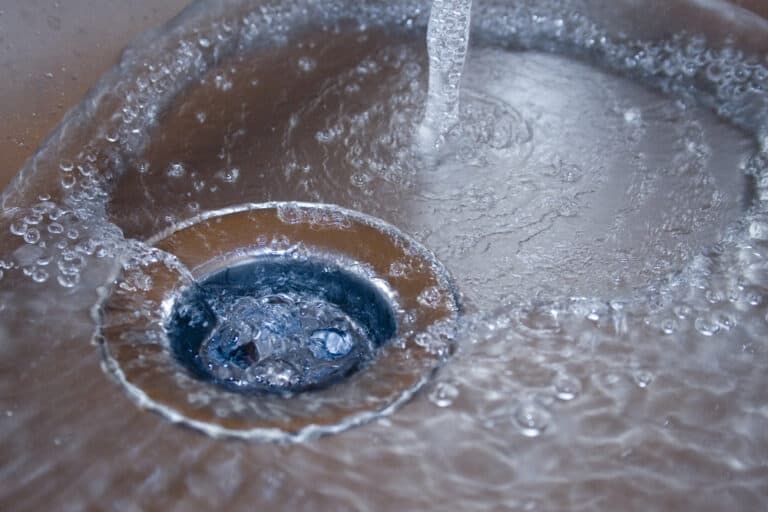 One of the most common reasons for a new kitchen sink not draining is a clogged drain. Over time, debris such as food scraps, grease, and soap scum can build up in the drain and cause a blockage. If you notice that your sink is draining slowly or not at all, this is likely the culprit. To fix it, you can try using a plunger to dislodge the clog, or a drain snake to physically remove it. Another option is to use a homemade mixture of baking soda and vinegar, which can help dissolve and clear out the debris.
One of the most common reasons for a new kitchen sink not draining is a clogged drain. Over time, debris such as food scraps, grease, and soap scum can build up in the drain and cause a blockage. If you notice that your sink is draining slowly or not at all, this is likely the culprit. To fix it, you can try using a plunger to dislodge the clog, or a drain snake to physically remove it. Another option is to use a homemade mixture of baking soda and vinegar, which can help dissolve and clear out the debris.
Improper Installation
/how-to-install-a-sink-drain-2718789-hero-24e898006ed94c9593a2a268b57989a3.jpg) Another possible reason for a new kitchen sink not draining could be an improper installation. If the sink was not installed correctly, it could lead to issues with the drainage system. For example, if the drain pipe is not connected properly, it can cause water to back up and prevent proper draining. If you suspect this may be the case, it's best to contact a professional plumber to fix the installation and ensure it is done correctly.
Another possible reason for a new kitchen sink not draining could be an improper installation. If the sink was not installed correctly, it could lead to issues with the drainage system. For example, if the drain pipe is not connected properly, it can cause water to back up and prevent proper draining. If you suspect this may be the case, it's best to contact a professional plumber to fix the installation and ensure it is done correctly.
Faulty Plumbing
 In some cases, the problem may not be with the sink itself, but with the plumbing system. There could be a leak or a blockage in the pipes that is causing the sink to not drain properly. If you've ruled out all other possible causes, it's best to call a plumber to inspect and fix any potential issues with your plumbing.
In some cases, the problem may not be with the sink itself, but with the plumbing system. There could be a leak or a blockage in the pipes that is causing the sink to not drain properly. If you've ruled out all other possible causes, it's best to call a plumber to inspect and fix any potential issues with your plumbing.
Conclusion
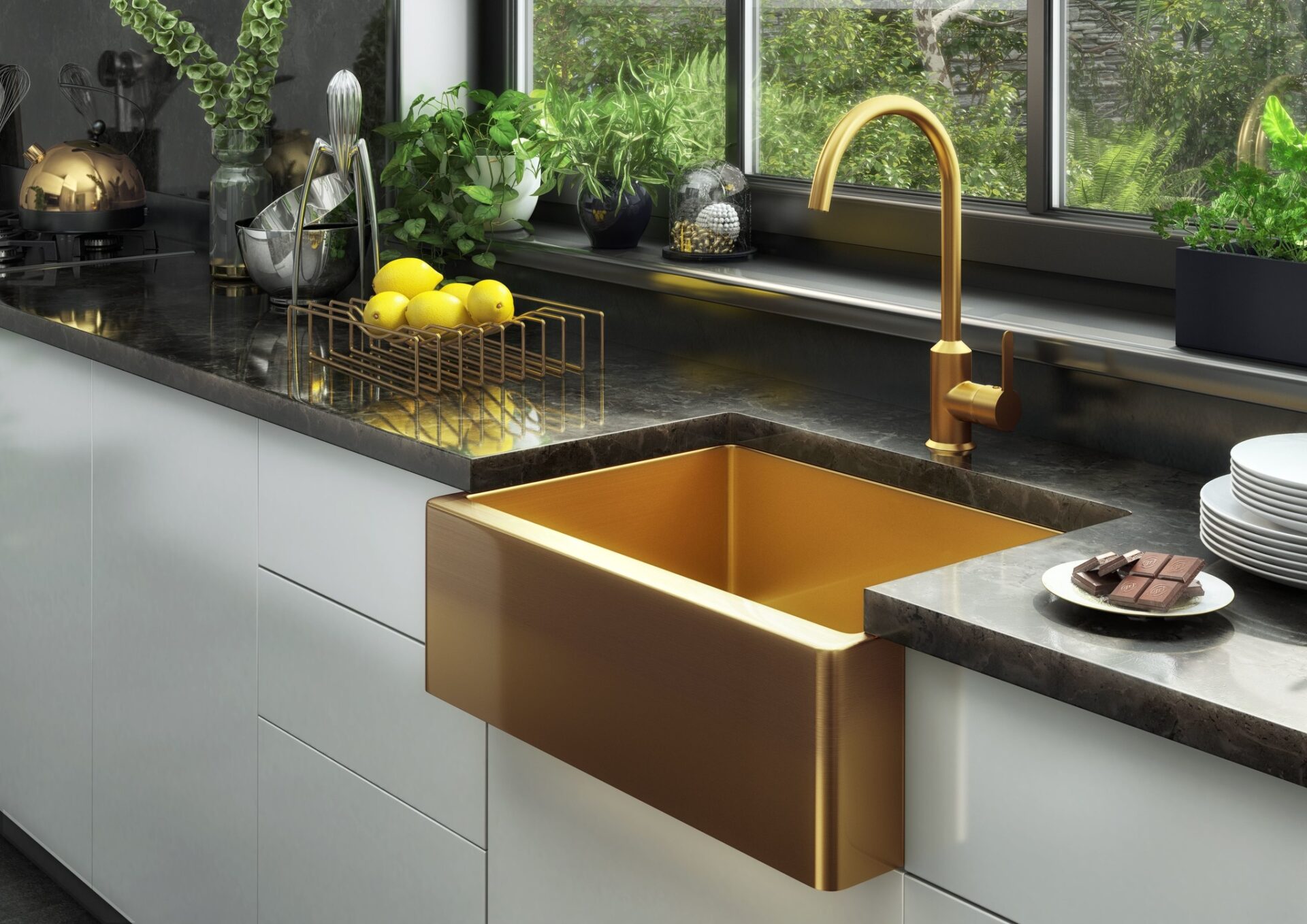 No one likes dealing with a new kitchen sink that won't drain, but by understanding the common causes and solutions, you can easily troubleshoot and fix the issue. Whether it's a clogged drain, improper installation, or faulty plumbing, there is a solution to get your sink draining properly again. If you're unsure or uncomfortable with trying to fix it yourself, don't hesitate to call a professional for assistance. With a little bit of effort and know-how, you'll soon be enjoying a fully functioning kitchen sink.
No one likes dealing with a new kitchen sink that won't drain, but by understanding the common causes and solutions, you can easily troubleshoot and fix the issue. Whether it's a clogged drain, improper installation, or faulty plumbing, there is a solution to get your sink draining properly again. If you're unsure or uncomfortable with trying to fix it yourself, don't hesitate to call a professional for assistance. With a little bit of effort and know-how, you'll soon be enjoying a fully functioning kitchen sink.
/plumber-unclogging-kitchen-sink-169270382-5797a9355f9b58461f27f024.jpg)

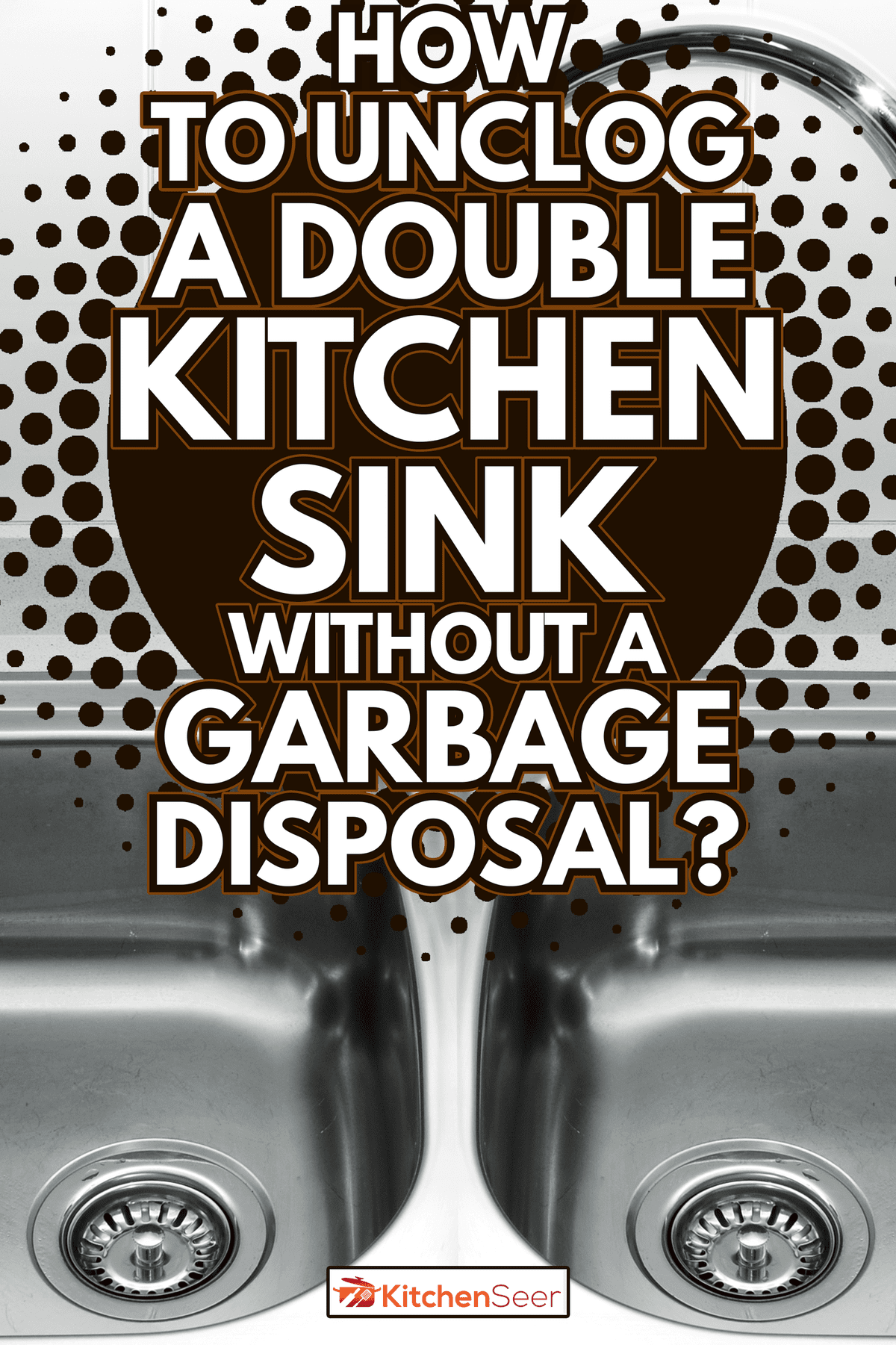




:max_bytes(150000):strip_icc()/how-to-unclog-a-kitchen-sink-2718799_sketch_FINAL-8c5caa805a69493ab22dfb537c72a1b7.png)




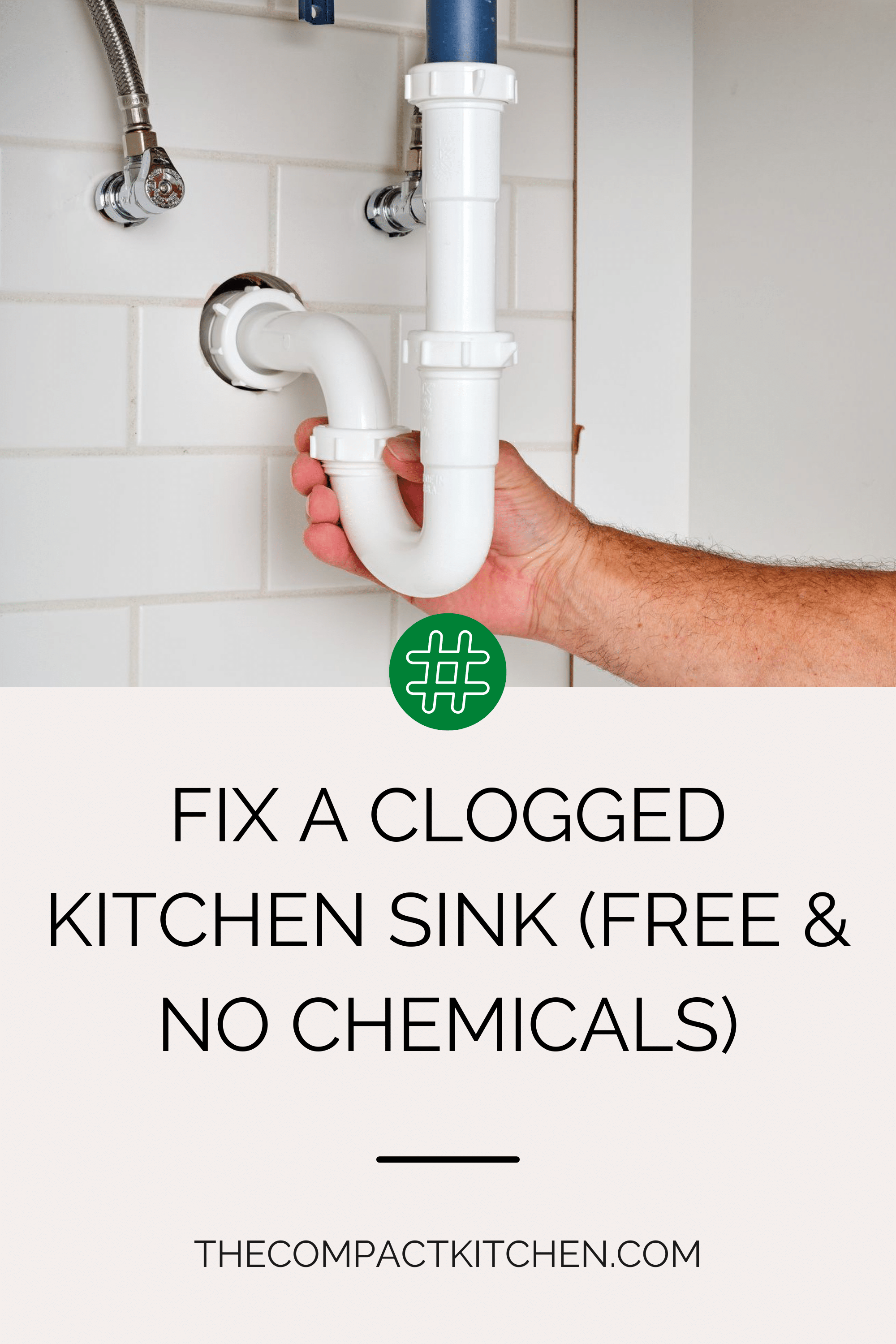







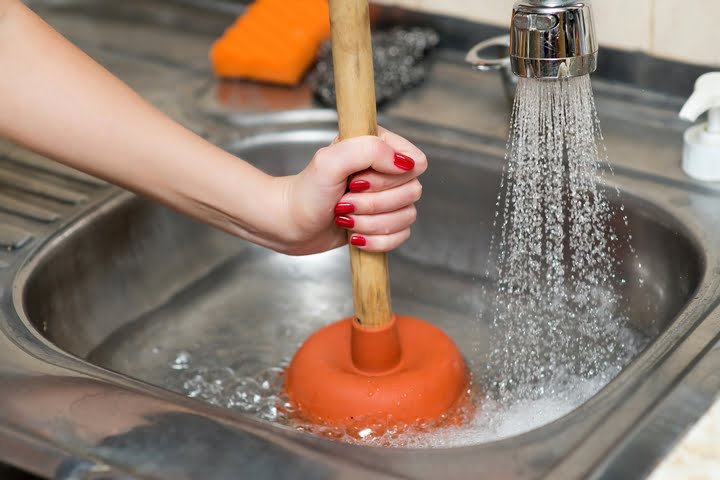



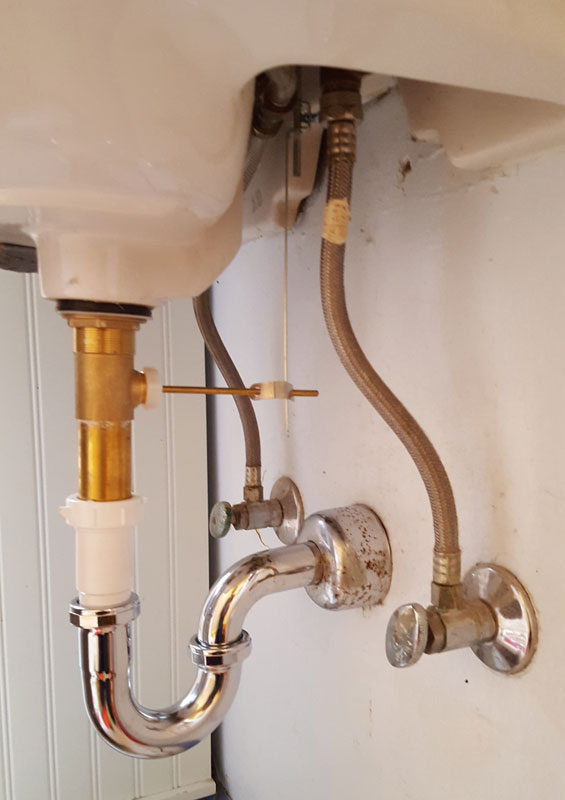












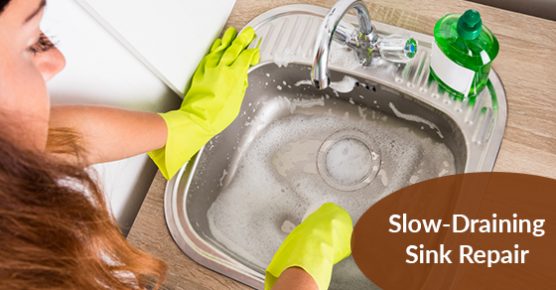
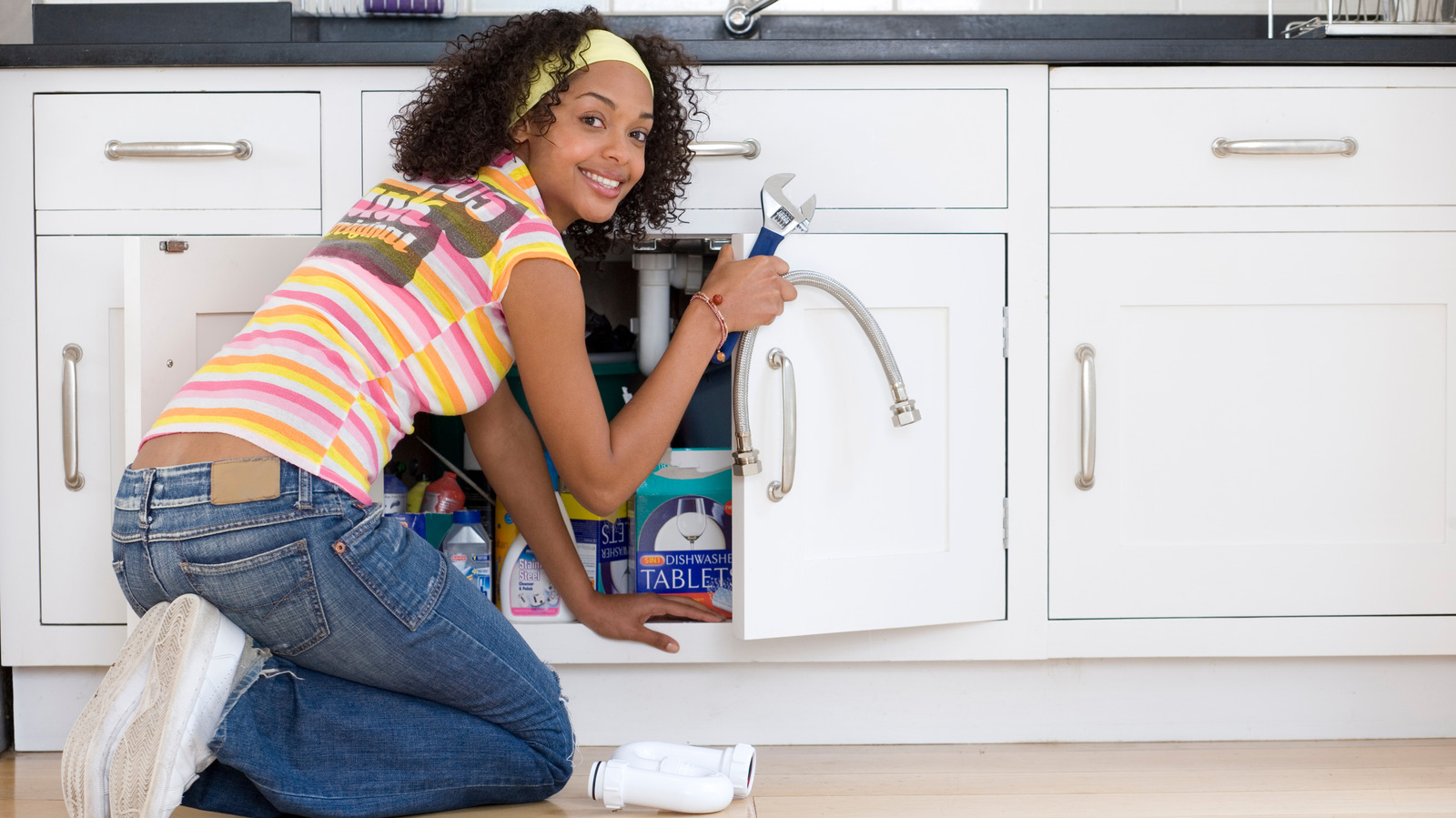
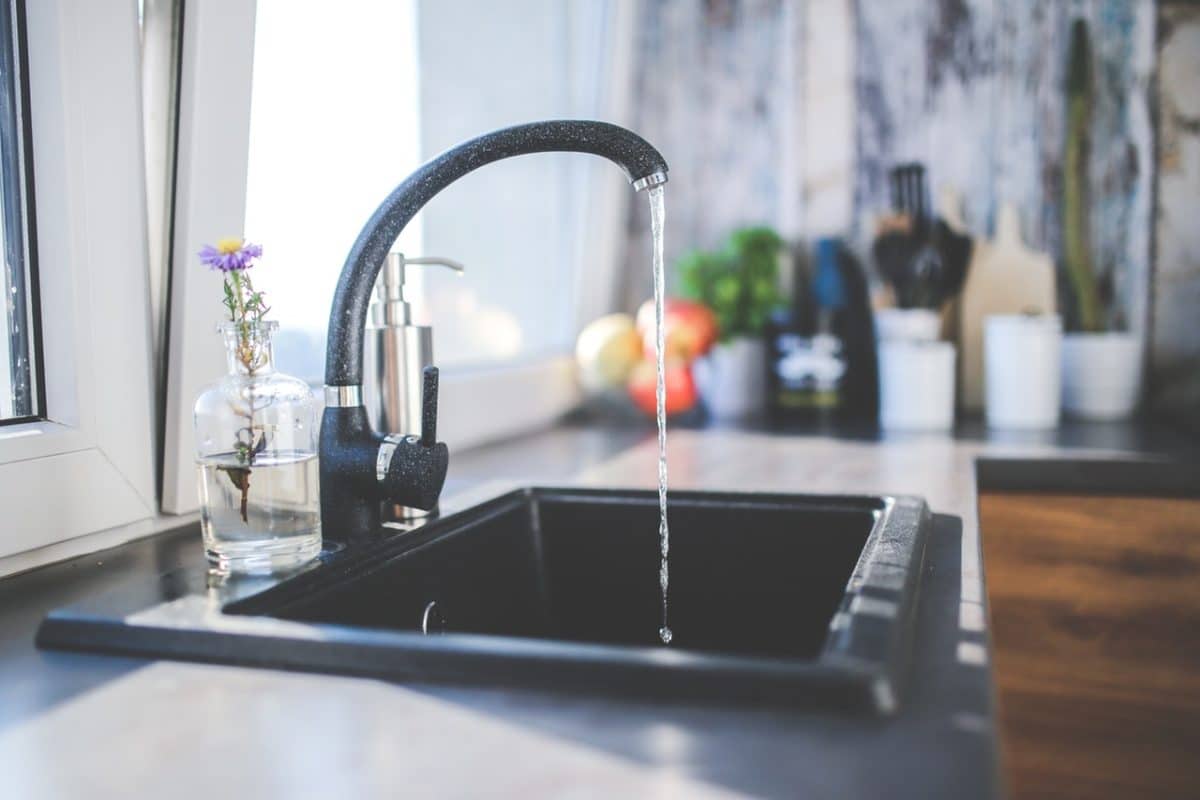

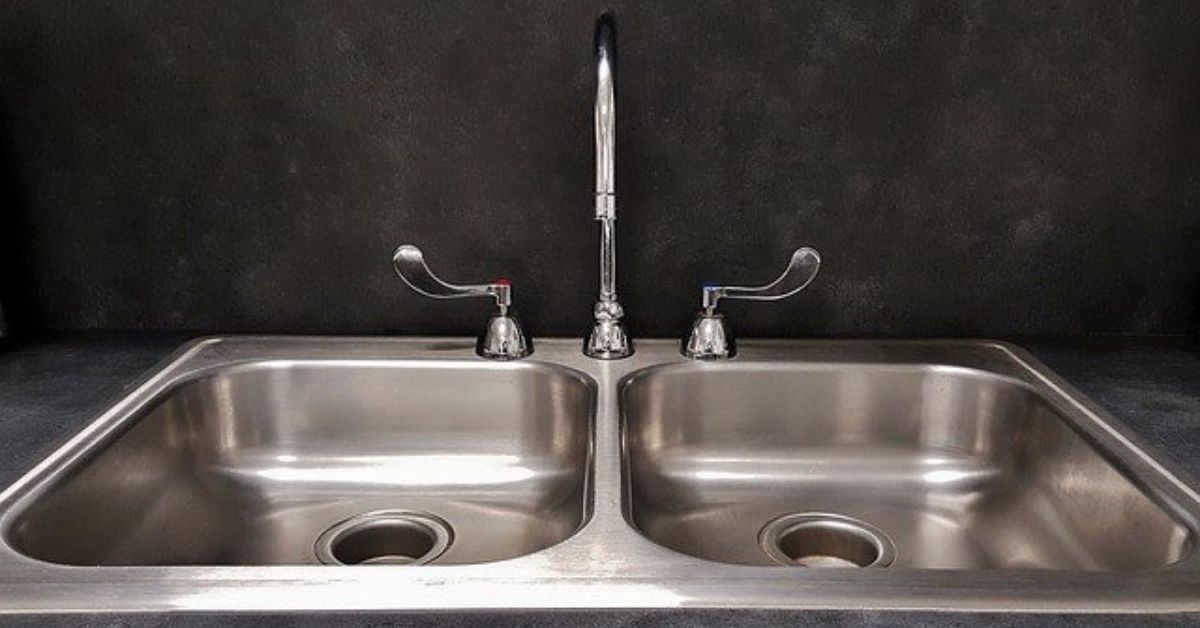
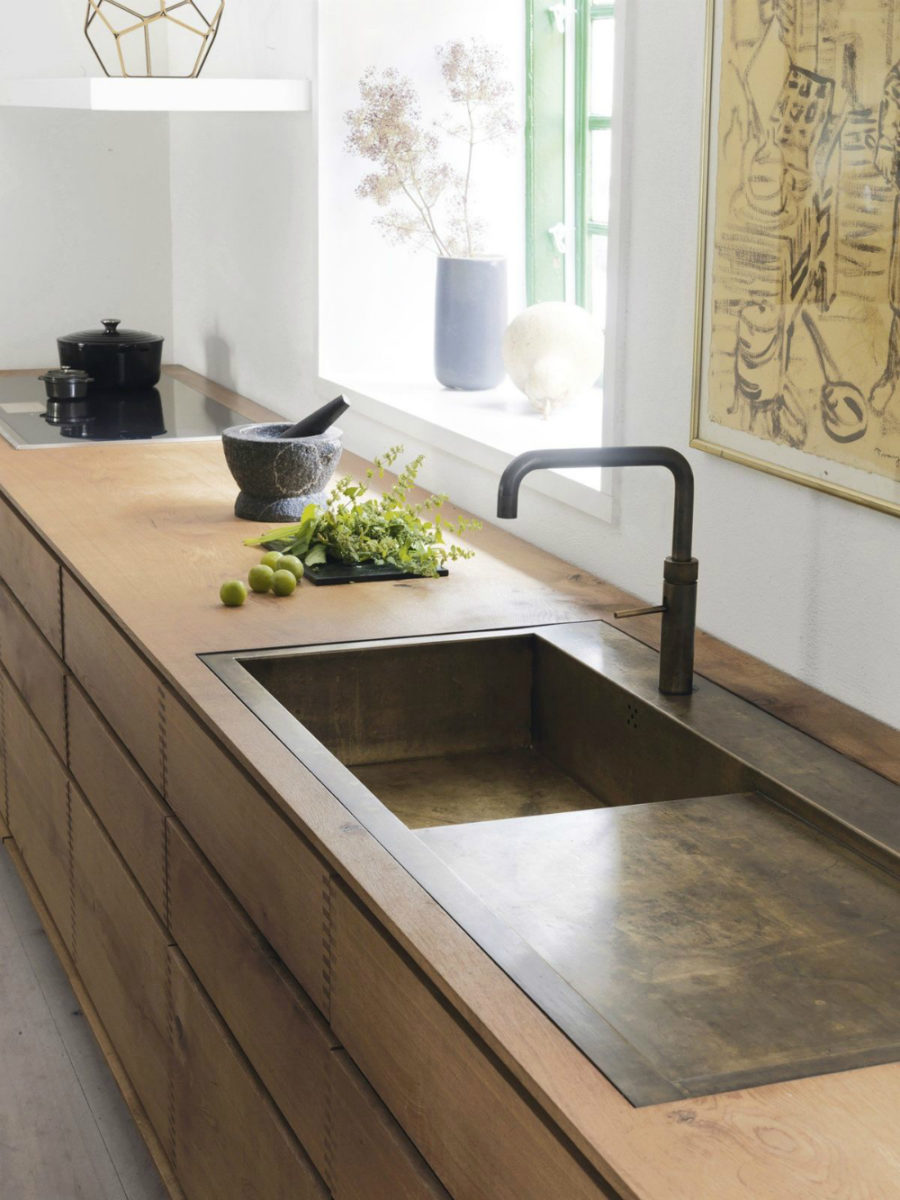
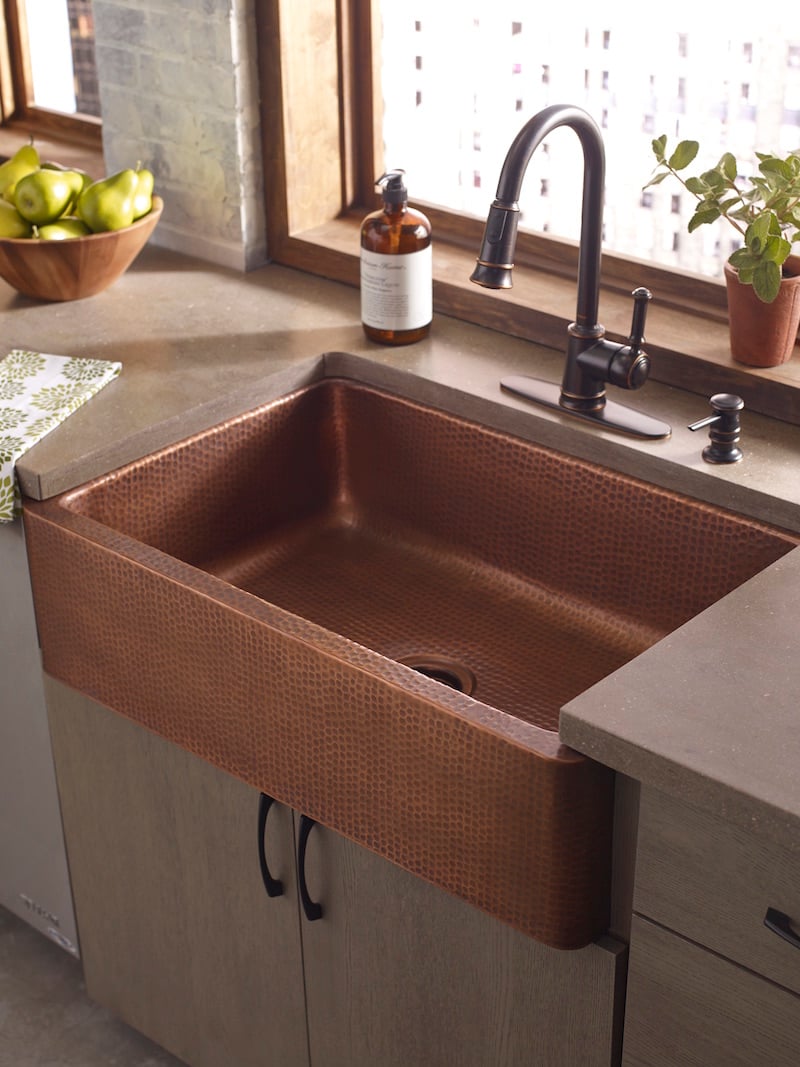
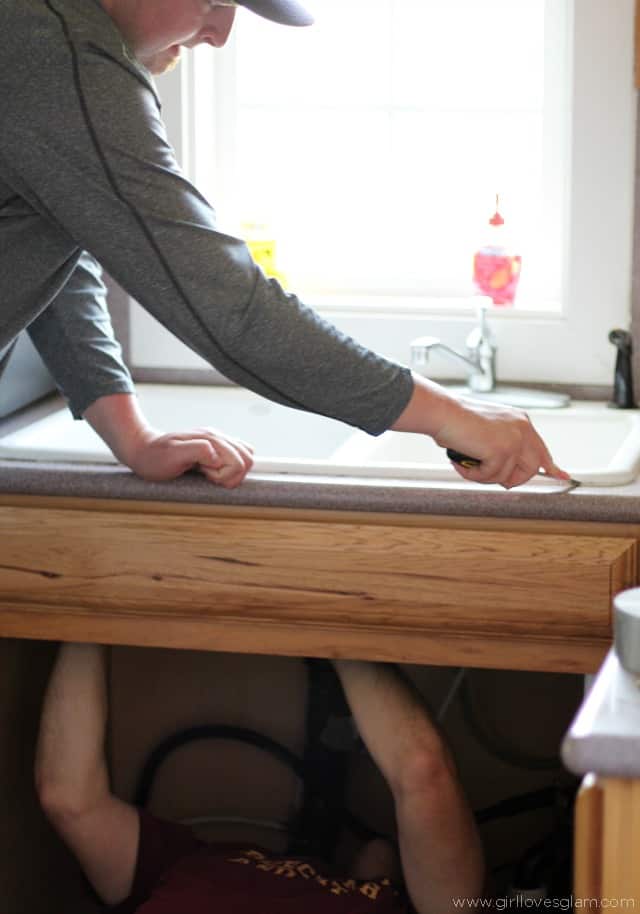


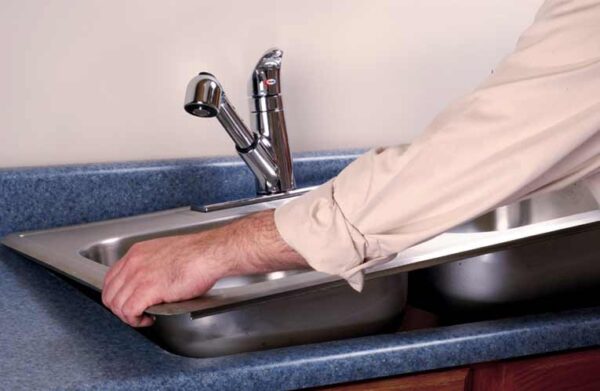


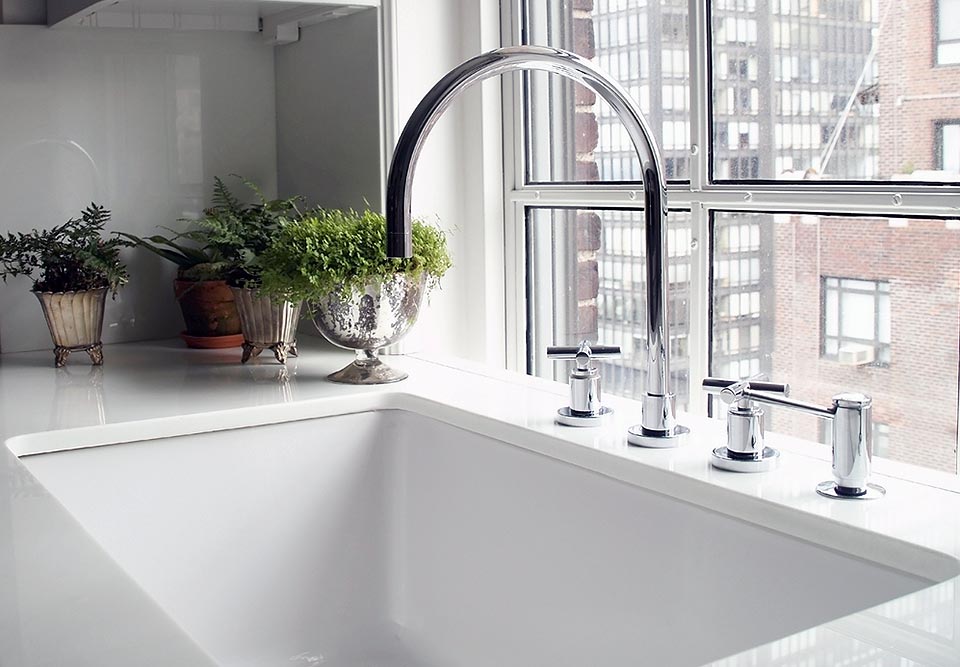
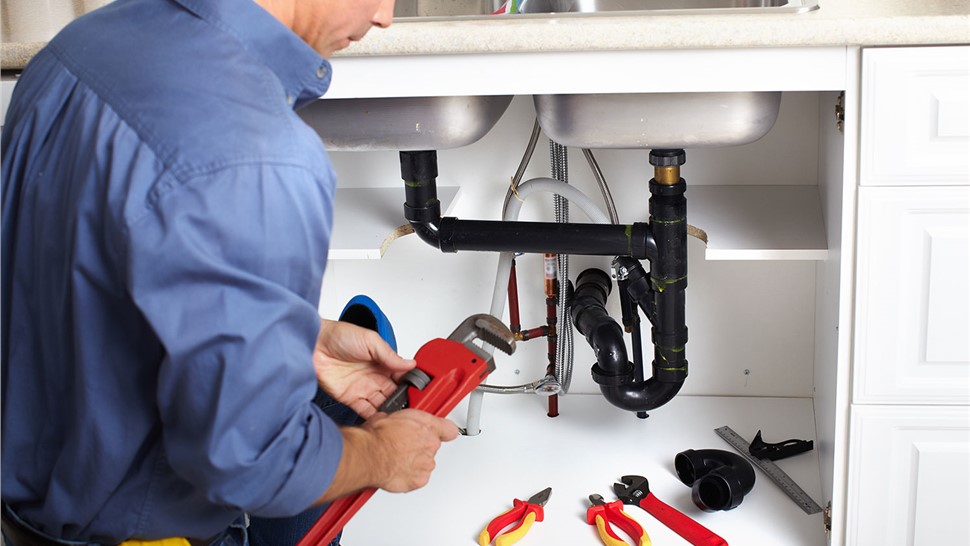
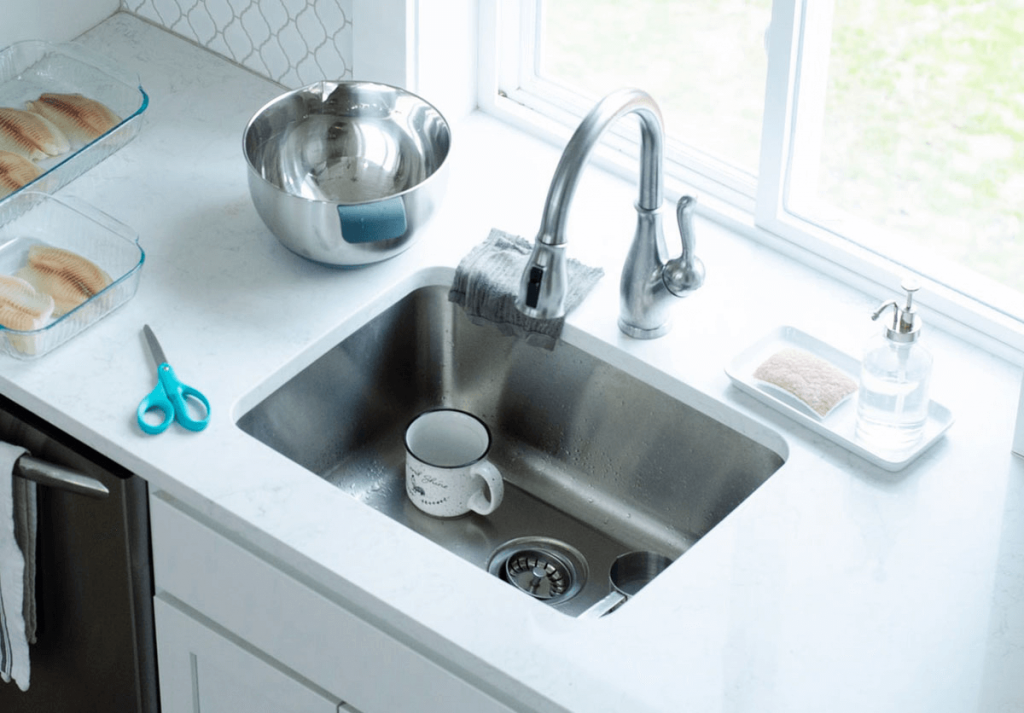
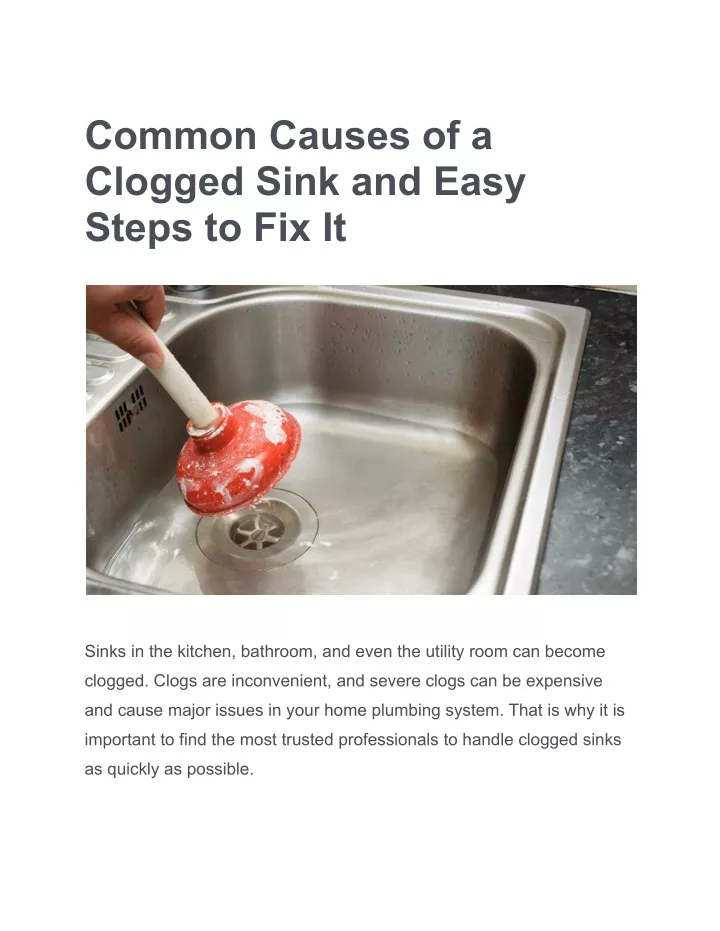
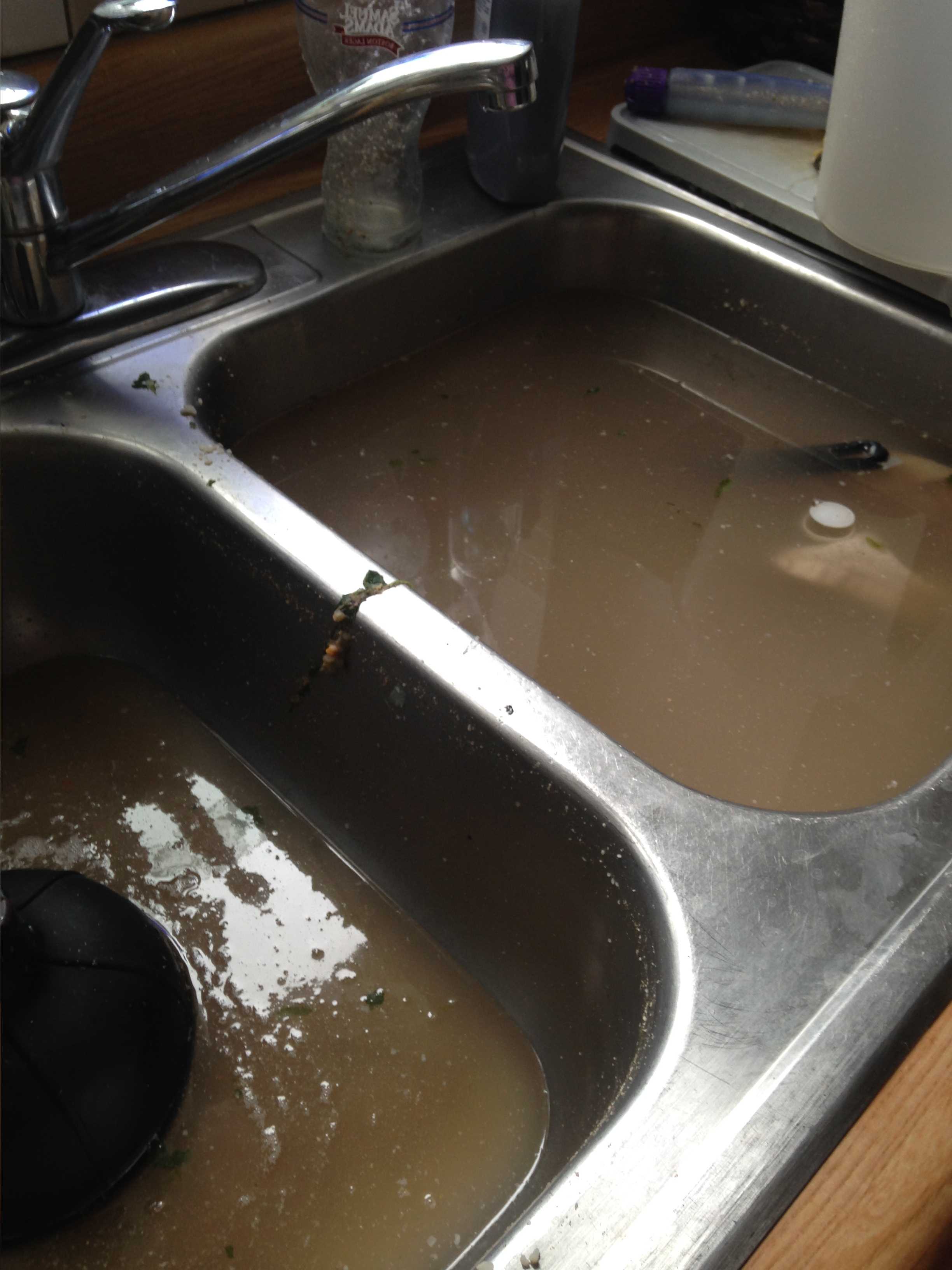



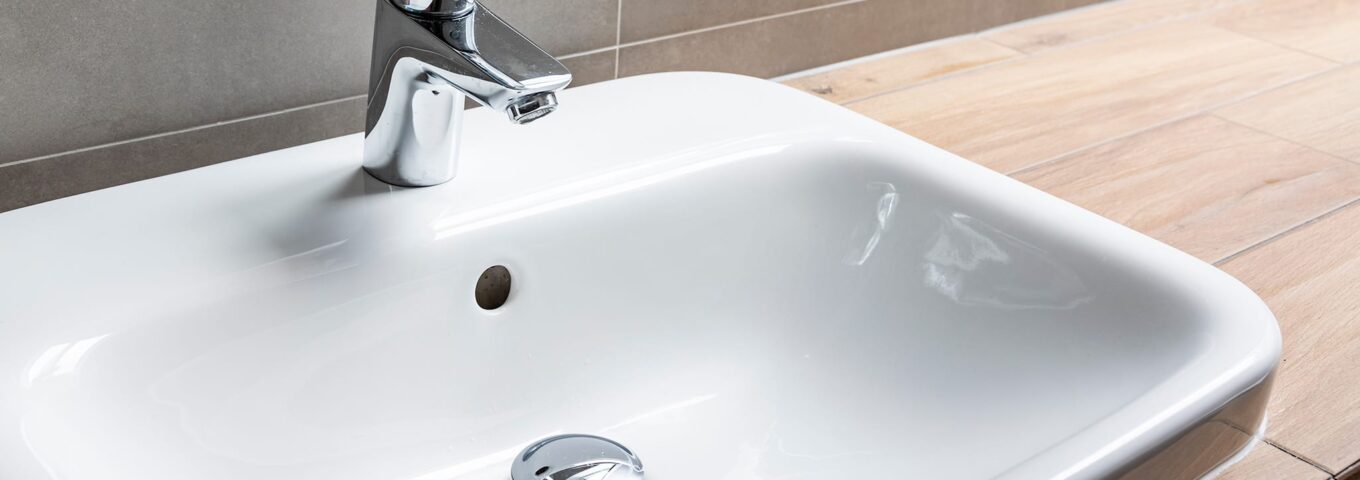






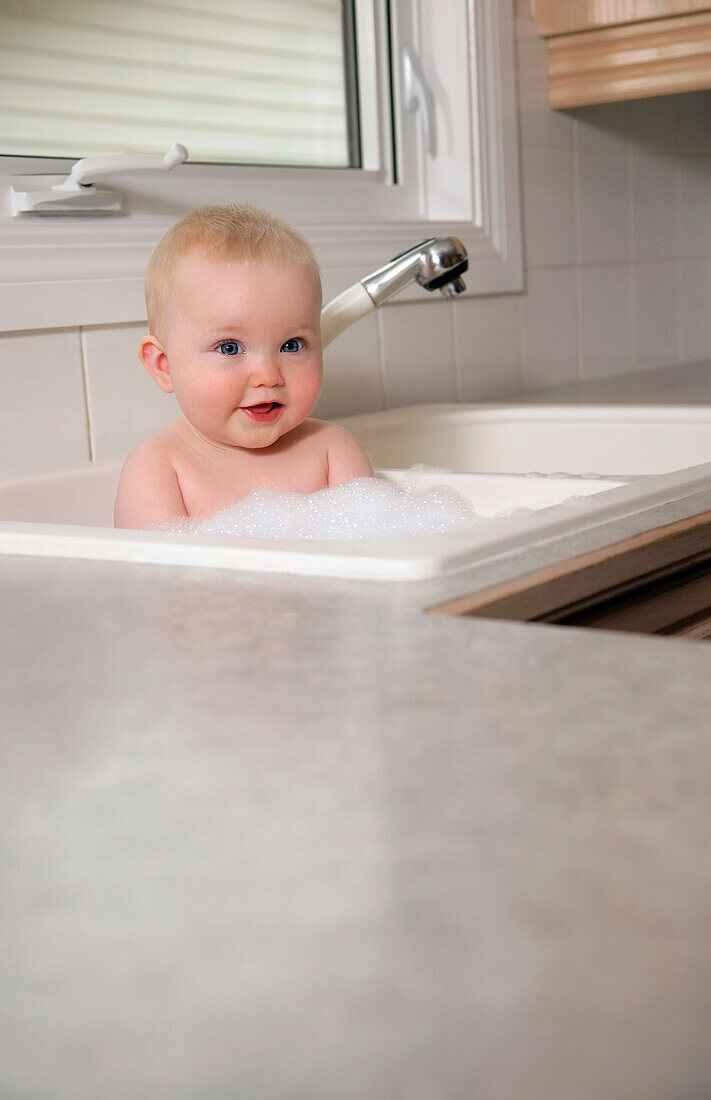


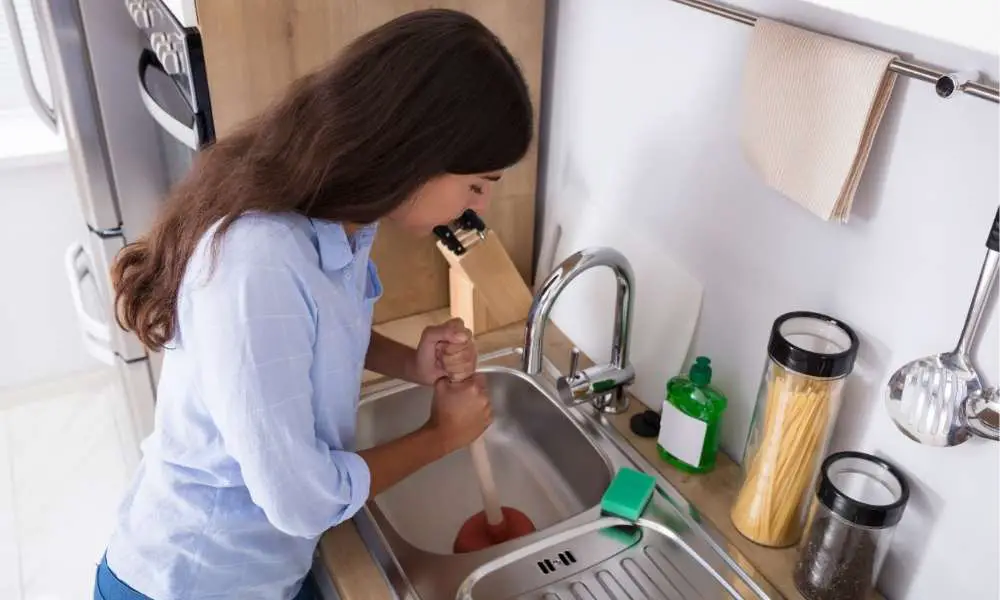


/woman-wearing-yellow-washing-up-gloves-to-unblock-sink-using-plunger-close-up-131987463-5887cfc03df78c2ccd92ec9e.jpg)






:max_bytes(150000):strip_icc()/freshen-and-unclog-drain-with-baking-soda-1900466-22-bbf940b70afa4d5abef0c54da23b1d3f.jpg)
:max_bytes(150000):strip_icc()/freshen-and-unclog-drain-with-baking-soda-1900466-18-1a5b5da01939471ca8f8823865bd1ce8.jpg)
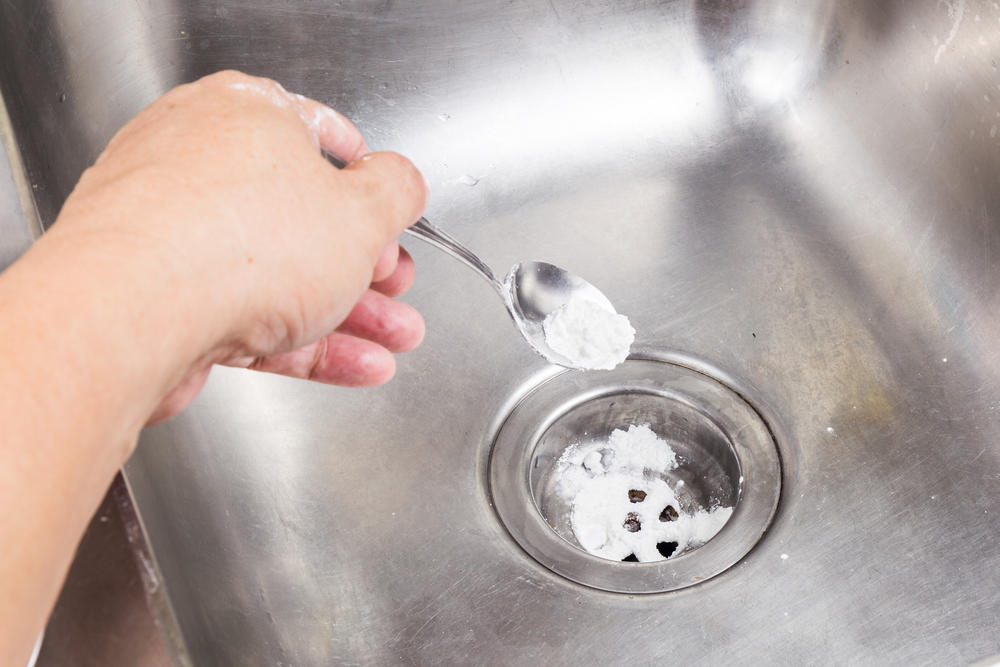
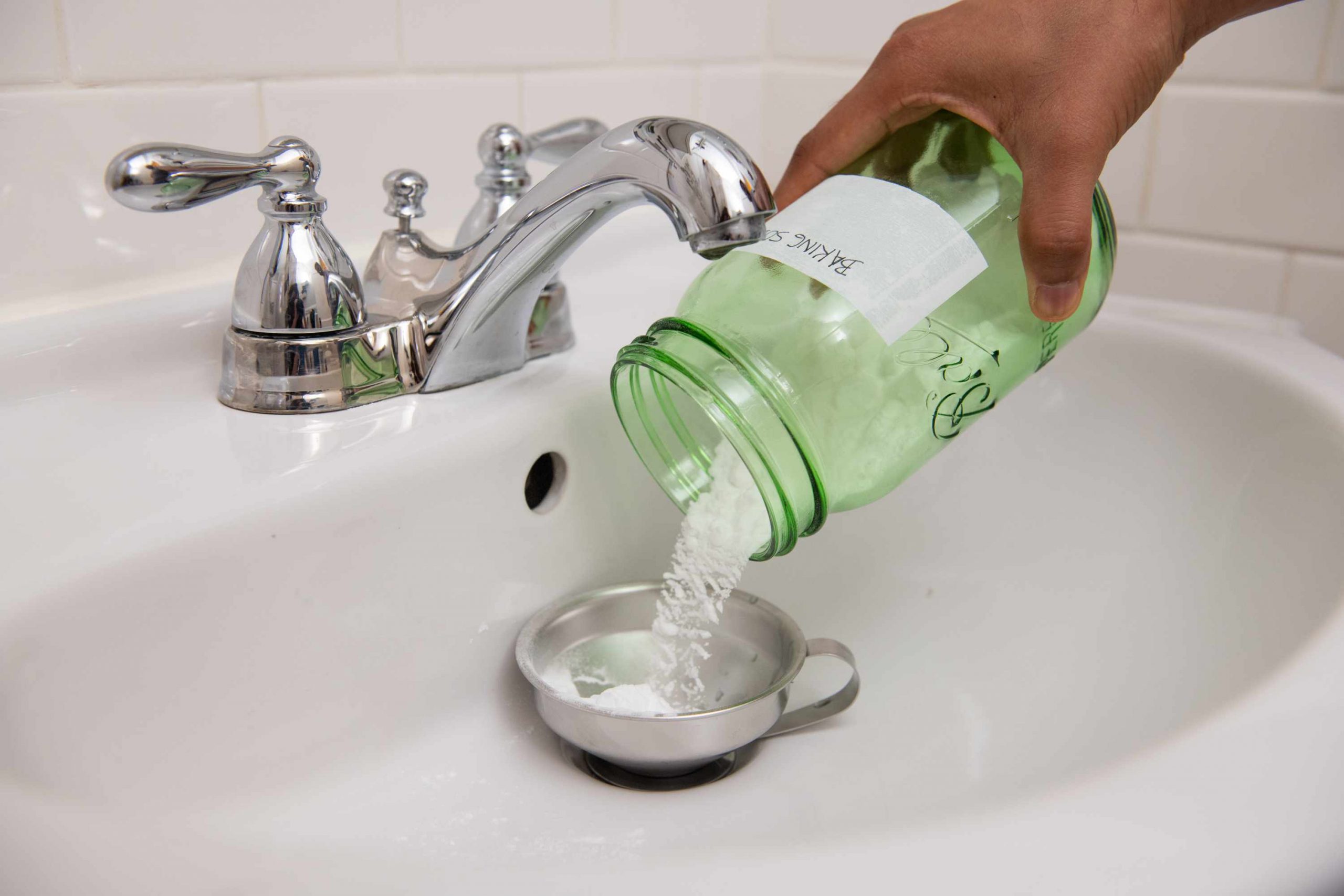


:max_bytes(150000):strip_icc()/freshen-and-unclog-drain-with-baking-soda-1900466-17-20179d73b7a2455797ebc6a5f5bf7479.jpg)
